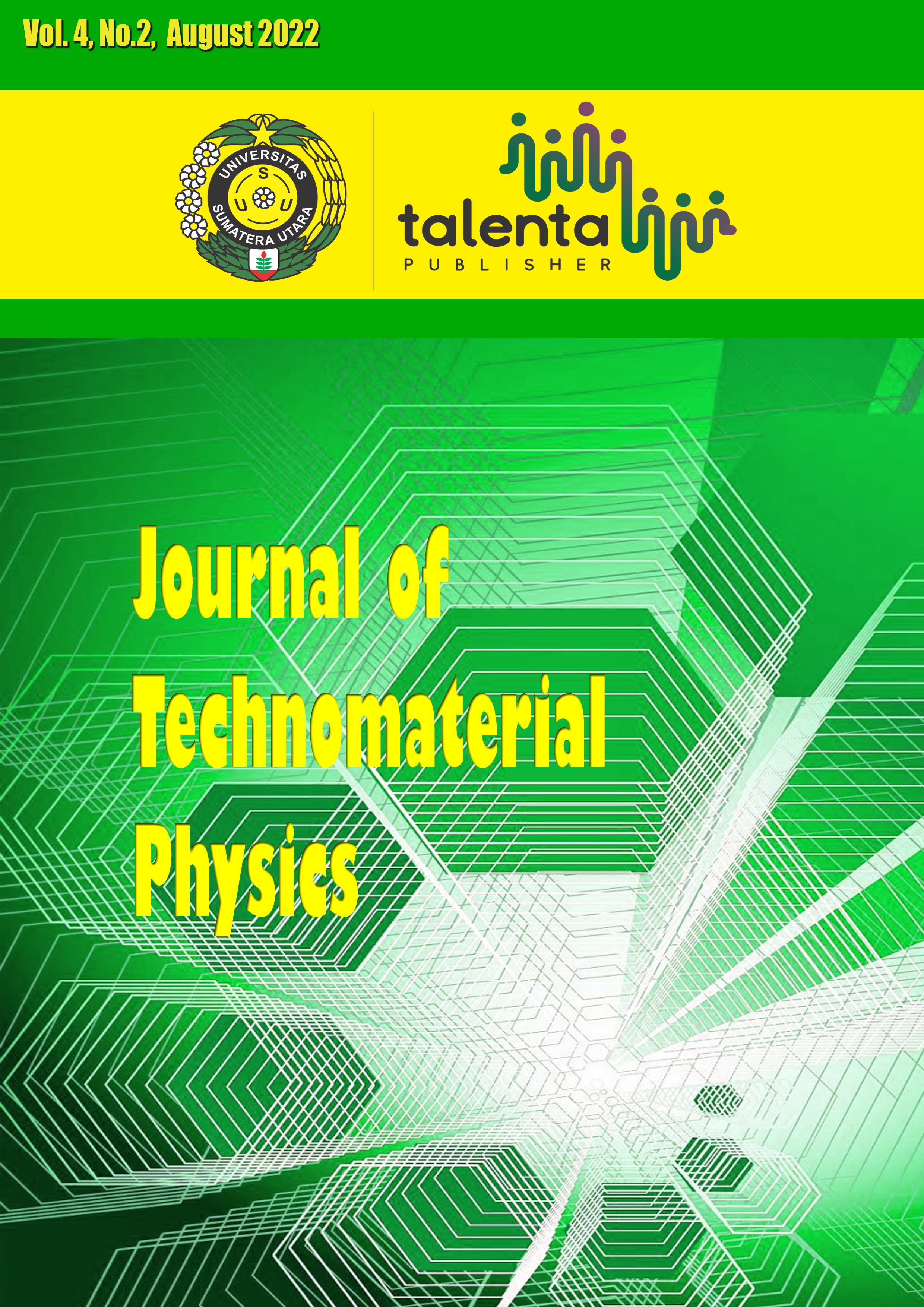Detection and Extraction of Aroma Characteristics of Fuel Oil Using Gas Sensors Through Electronic-Nose System
DOI:
https://doi.org/10.32734/jotp.v4i2.9440Keywords:
Electronic nose, Fuel Oil, Gas sensor, Principal Component AnalysisAbstract
Fuel oil is an indispensable strategic source of energy for the fuel of vehicles and other engines. This study aims to detect and differentiate fuel oil using an electronic-nose system. The fuel oil used is Pertalite, Pertamax, and Pertamax Turbo. Four gas sensors are used, namely MQ 4, MQ 7, MQ 9, and MQ 136. The average output voltage values of Pertalite, Pertamax, and Pertamax Turbo fuel oil for MQ 4 sensors are 1.07 V, 1.22 V, and 0.96 V. For MQ 7 sensors, the output voltage values of the samples are 1.44 V, 1.43 V, and 1.37 V, respectively. For the MQ 9 gas sensor, the sample output voltage values are 1.23 V, 1.43 V, and 1.09 V. As for the MQ 136 gas sensor, the output voltage value of each oil is 1.26 V, 1.25 V, and 0.91 V. Sensors that provide the highest response in each sample are MQ 136 sensors. The electronic-nose system can extract characteristics from all three samples using the principal component analysis (PCA) method.
Downloads
Downloads
Published
Issue
Section
License
Copyright (c) 2022 Journal of Technomaterial Physics

This work is licensed under a Creative Commons Attribution-ShareAlike 4.0 International License.











